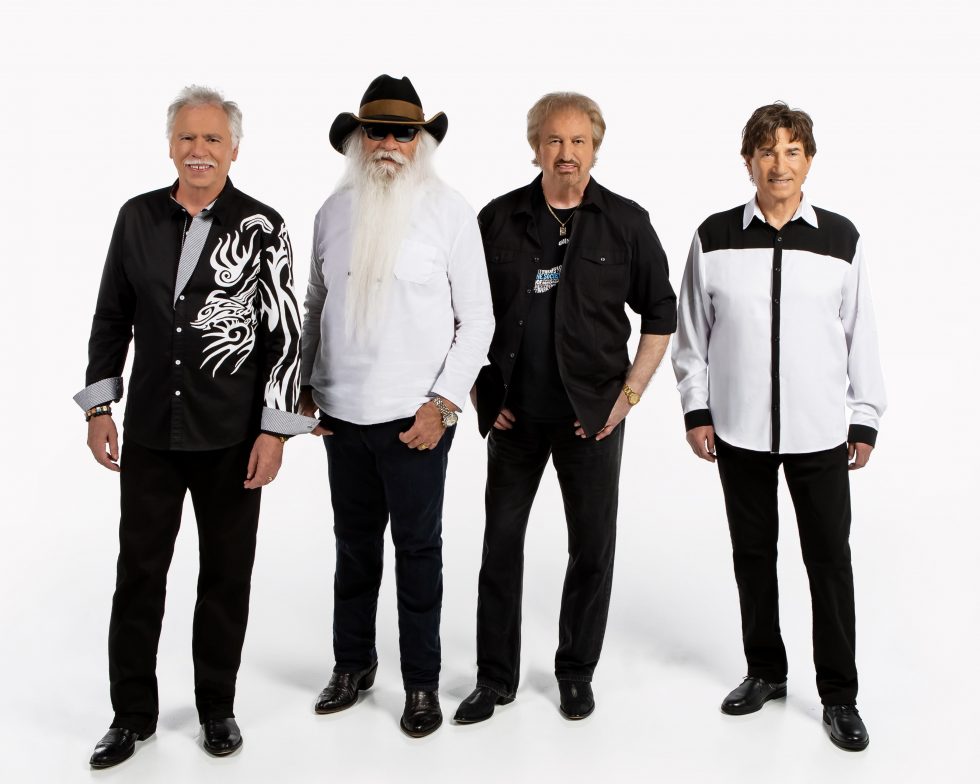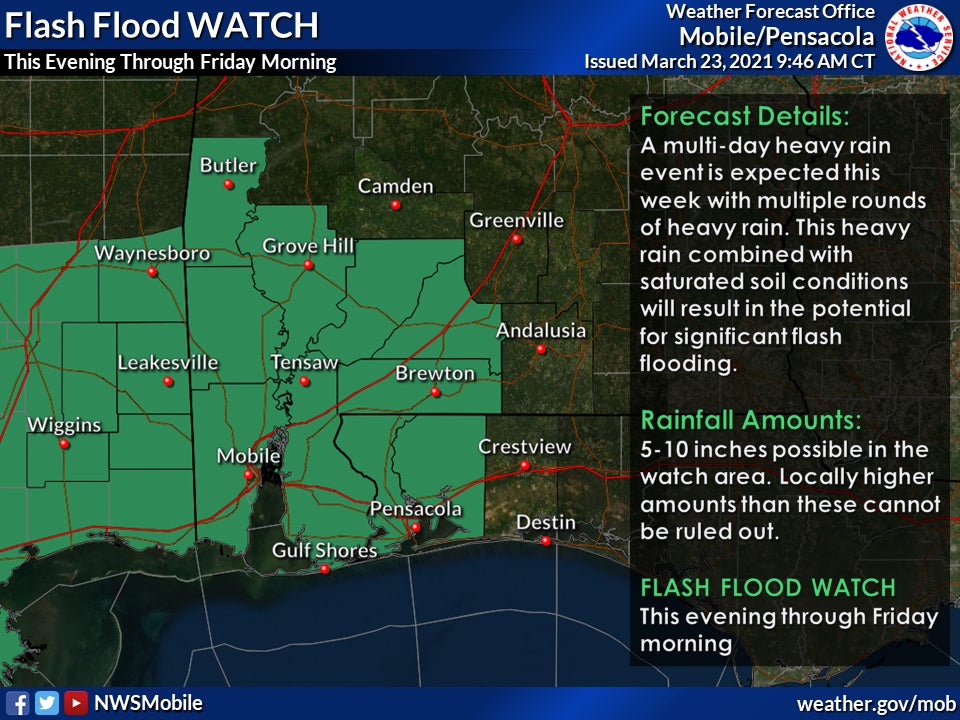Halloween safety tips essential for fun time
Published 5:04 pm Wednesday, October 25, 2006
By Staff
Colorful costumes, strange faces, and scary noises! Many children and parents look forward to the fun and excitement of Halloween!
It's true that Halloween is a cherished tradition but the excitement of the night can cause children to forget to be careful. There is no real “trick” to making Halloween a real treat for the entire family. The major dangers are not from witches or spirits but rather from falls and pedestrian/car crashes. Many communities officially designate a
Motorists: The National Safety Council urges motorists to be especially alert on Halloween.
Watch for children darting out from between parked cars.
Watch for children walking on roadways, medians and curbs.
Enter and exit driveways and alleys carefully.
At twilight and later in the evening, watch for children in dark clothing.
Parents: Before children start out on their “trick or treat” rounds, parents should:
Make sure that an adult or an older responsible youth will be supervising the outing for children under age 12.
Plan and discuss the route trick-or-treaters intend to follow. Know the names of older children's companions.
Instruct your children to travel only in familiar areas and along an established route.
Teach your children to stop only at houses or apartment buildings that are well-lit and never to enter a stranger's home.
Establish a return time.
Tell your children not to eat any treats until they return home.
Review all appropriate trick-or-treat safety precautions, including pedestrian/traffic safety rules.
Costume Design: Fire-retardant materials should be used Only for costumes.
Costumes should be loose so warm clothes can be worn underneath.
Costumes should not be so long that they are a tripping hazard. (Falls are the leading cause of unintentional injuries on Halloween.)
If children are allowed out after dark, outfits should be made with light colored materials. Strips of reflective tape should be used to make children visible.
Face Design: Masks can obstruct a child's vision. Use facial make-up instead.
When buying special Halloween makeup, check for packages containing ingredients that are labeled “Made with U.S. Approved Color Additives,” “Laboratory Tested,” Meets Federal Standards for Cosmetics,” or “Non-Toxic.” Follow manufacturer's instruction for application.
If masks are worn, they should have nose and mouth openings and large eye holes.
Accessories: Knives, swords and other accessories should be made from cardboard or flexible materials. Do not allow children to carry sharp objects.
Bags or sacks carried by youngsters should be light-colored or trimmed with retro-reflective tape if children are allowed out after dark.
Carrying flashlights will help children see better and be seen more clearly. This is an ideal time to check batteries in the flashlights.
Home Owners: Make sure your yard is clear of such things as ladders, hoses, dog leashes and flower pots that can trip the young ones.
Pets get frightened on Halloween. Put them up to protect them from cars or inadvertently biting a trick-or-treater.
Battery powered jack o'lantern candles are preferable to a real flame.
If you do use candles, place the pumpkin well away from where trick-or-treaters will be walking or standing.
Make sure paper or cloth yard decorations won't be blown into a flaming candle.
On the way: Children should understand and follow these rules:
Do not enter homes or apartments without adult supervision.
Walk, do not run, from house to house. Do not cross yards and lawns where unseen objects or the uneven ground can present tripping hazards.
Walk on sidewalks, not in the street.
Walk on the left side of the road, facing traffic if there are no sidewalks.
Treats: To ensure a safe trick-or-treat outing, parents are urged to:
Give children an early meal before going out.
Insist that treats be brought home for inspection before anything is eaten.
Non-food treats: Plastic rings, pencils, stickers, erasers, coins.
Healthy food alternatives for trick-or-treaters include packages of low-fat crackers with cheese or peanut butter filling, single-serve boxes of cereal, packaged fruit rolls, mini boxes of raisins and single-serve packets of low-fat popcorn that can be micro waved later.
Remember when in doubt, throw the treat out.




